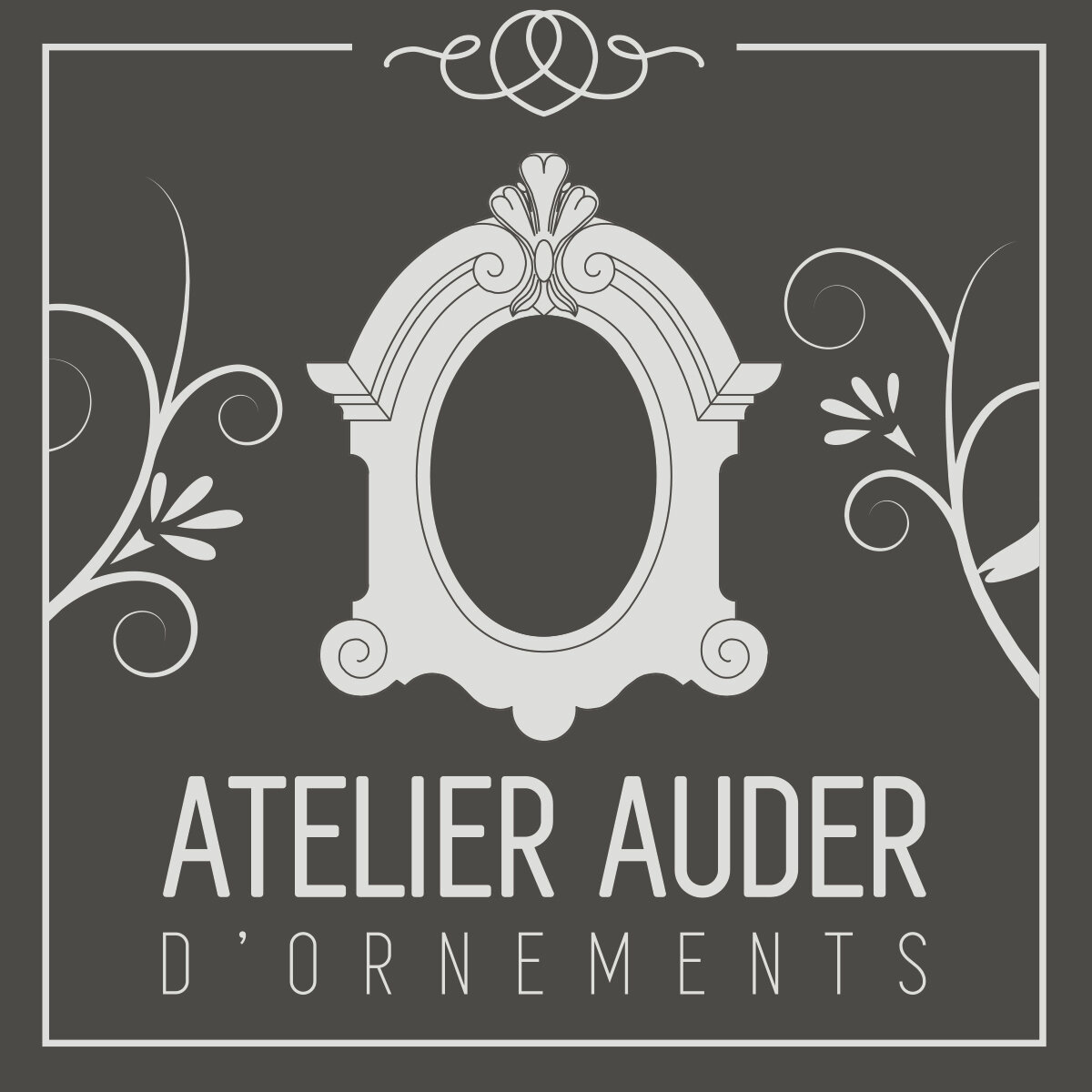The history of roof ornaments
Roof ornaments through the centuries
From earth to sky
From the Roman antefixes to today's mass-produced zinc finials, we can see the attachment of men to roof decorating. The Romans used antefixes, terracotta pieces placed at the edge of the roof tiles. They ensure waterproofing and stability to the roof. They can be decorated with faces, heads of cattle or geometric figures.
The Middle Ages left an iconography, testifying to a continuous taste for roof ornamentation. The princely residences depicted in “Les très riches heures du Duc de Berry” (1416) are topped with sumptuous metal ornaments. The oldest known finial is a terracotta from the 15th century, kept in the Troyes museum.
However, it was not until the mass production of metal or clay pieces in the 19th century that a true democratization took place. But this led to an impoverishment of the ornamental register.
© Nationales archives
Decorating the top of the buildings allows to show a social status. The finial can thus represent the profession of the owner of the house. After the French Revolution, the houses of the people would display weathervanes, until then reserved for the nobility. But this desire to decorate the roof could also refer to our founding myths.
In all civilizations, the original Man must leave paradise for having disobeyed. In this previous state, the earth and the sky were gathered. Man will never stop trying to re-establish this link.
In his house, he will create this axis of the world by reinforcing the notion of verticality. The finial is thus the link between heaven and earth. Its shape has a strong symbolic function: the ball refers to the sun; the pin to the phallus that fertilizes; the rooster, which sings at dawn recalling the triumph of light over darkness.
The Atelier Auder d' Ornements is part of this rich historical heritage. Through its creations and achievements of the highest quality, made in the rules of art, using techniques and know-how - The Atelier Auder d'Ornements perpetuates this ancient art, rooted in the history of Man and transmits this beauty to new generations
Source: Cities of Bourges. www.ville-bourges.fr/site/culture_ornements-toiture




